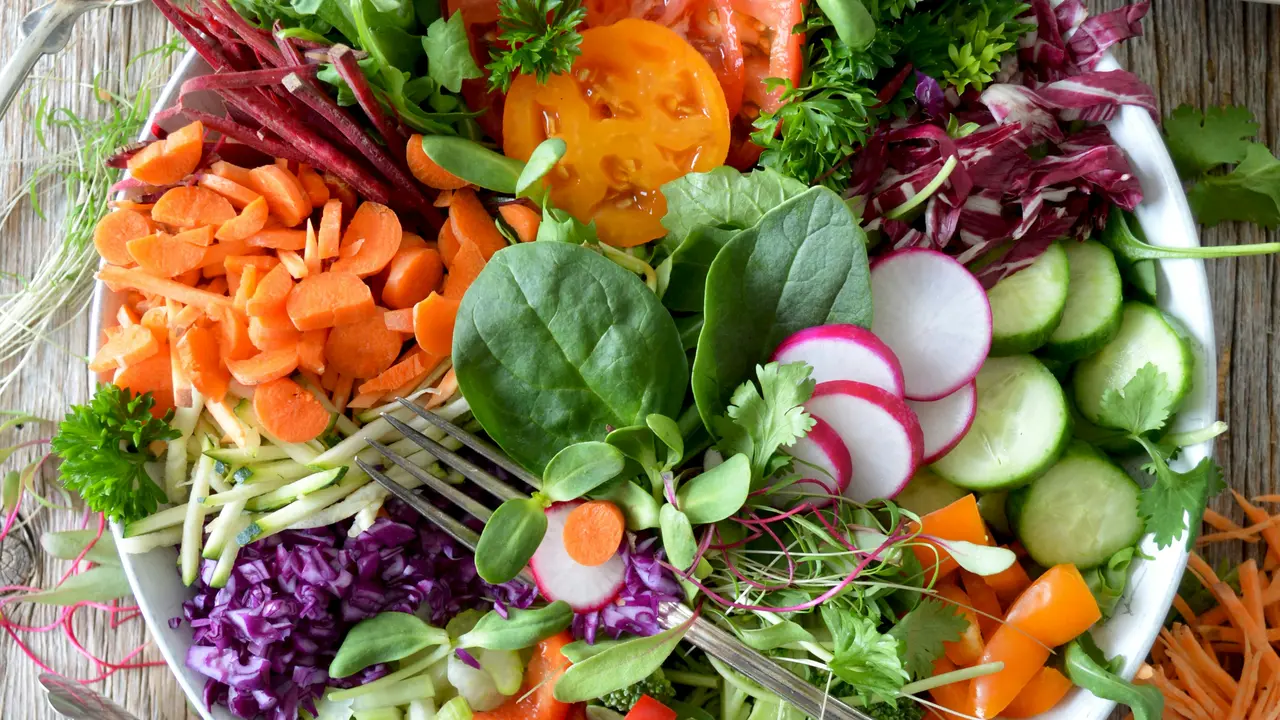Are you curious about how to make a raw food diet for dogs? This comprehensive guide will walk you through the essentials of preparing a balanced, healthy raw food diet for your furry friend. From understanding the benefits to measuring ingredients, we’ll cover everything you need to know to get started. Let’s dive into the world of raw feeding for dogs!
Understanding the Raw Food Diet for Dogs
What is a Raw Food Diet?
A raw food diet for dogs, often referred to as BARF (biologically appropriate raw food), consists of raw meat, bones, fruits, and vegetables. This diet aims to mimic the natural eating habits of dogs’ ancestors, allowing them to thrive with nutrient-rich foods.
Benefits of Feeding Raw Food to Dogs
Transitioning your dog to a raw food diet offers numerous advantages, which include:
- Improved coat health and reduced shedding
- Enhanced dental health due to chewing on raw bones
- Increased energy levels and vitality
- Better digestion and smaller stools
- Reduced risk of allergies and skin issues
How to Make a Raw Food Diet for Dogs: Key Ingredients
Protein Sources
When preparing a raw food diet for your dog, selecting high-quality protein sources is crucial. Consider incorporating:
- Raw chicken (including bones)
- Beef (ground or whole cuts)
- Lamb
- Fish (like salmon or sardines)
- Organ meats (such as liver and kidneys)
Fruits and Vegetables
Fruits and vegetables are essential for providing vitamins and minerals. Some great options include:
- Carrots
- Spinach
- Blueberries
- Broccoli
- Sweet potatoes
Step-by-Step: How to Make a Raw Food Diet for Dogs
1. Research and Plan
Before starting, take the time to research the nutritional needs of your dog, considering their age, weight, and activity level. Planning the right balanced diet is crucial for their health.
2. Gather Ingredients
Shop for fresh and high-quality ingredients at your local market or a trusted source. Ensuring that you have the right mix of proteins, fruits, and veggies will set a solid foundation for your dog’s diet.
3. Prepare the Food
When preparing meals, consider the following tips:
- Wash fruits and vegetables thoroughly.
- Chop or blend fruits and veggies to aid digestion.
- Cut meat into appropriate serving sizes.
4. Portion Control
Understanding how much to feed your dog is vital. A general guideline is to feed your dog 2-3% of their body weight in raw food daily. Adjust this based on their specific needs and consult with your veterinarian if necessary.
5. Transition Your Dog
When introducing a raw food diet, gradually transition your dog to avoid digestive upset. Start with a mix of their regular food and raw food, slowly increasing the raw portion over a week or two.
Common Concerns About Raw Food Diets for Dogs
Safety and Hygiene
Food safety is a paramount concern when preparing a raw food diet. Always follow good hygiene practices by:
- Washing hands and surfaces after handling raw meat.
- Storing raw food in airtight containers.
- Using separate utensils for raw and cooked foods.
Nutritional Balance
To ensure your dog’s diet is nutritionally balanced, work with a veterinary nutritionist. They can help create a meal plan that meets all dietary requirements and prevents deficiencies.
Conclusion
Creating a raw food diet for dogs can be a rewarding experience, promoting better health and well-being for your furry companion. By understanding the key ingredients, proper preparation methods, and addressing common concerns, you can set your dog up for success. If you found this guide helpful, share it with other dog owners or explore more resources on canine nutrition!
Diet – Recent Articles
- Can You Drink Protein Shakes on Carnivore Diet? Find Out!
- Is Quinoa Paleo Diet Friendly? Discover the Surprising Truth!
- Can You Drink Tequila on Carnivore Diet? Discover the Truth!
- Can You Have Pickles on the Keto Diet? Discover the Truth!
- How Much Caffeine in Diet Dr Pepper 20 oz? Find Out Now!
Diet – Useful Links
- Harvard T.H. Chan – Diet Reviews
- CDC – Healthy Eating Tips
- MedlinePlus – Nutrition
- American Heart Association – Diet and Lifestyle Recommendations
- Mayo Clinic – Healthy Diets
